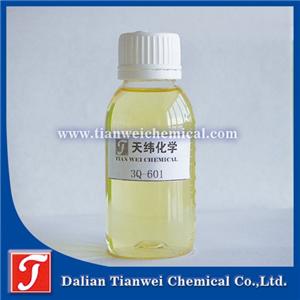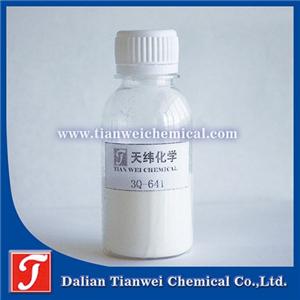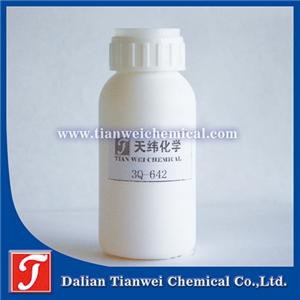Antibacterial and antifungal agent for EPDM materials, grade 0 antifungal
EPDM (Ethylene Propylene Diene Monomer Rubber) material is widely used in building sealing, automotive parts, wires and cables and other fields due to its excellent weather resistance, chemical corrosion resistance and elasticity. However, in a humid environment, EPDM materials are prone to mold and bacteria growth, leading to surface moldy and discoloration, and even affecting their physical properties and service life. Therefore, the use of antibacterial and antifungal agents is an important means to extend the service life of EPDM materials, maintain their appearance and functionality. The following is the key information about antibacterial and antifungal agents for EPDM materials:
The mechanism of action of antibacterial and antifungal agents
Antibacterial and antifungal agents mainly function through the following ways:
Destroying cell membranes: By interfering with the cell membrane structure of microorganisms, it leads to their death.
Inhibit enzyme activity: Block the key enzymes required for microbial metabolism and inhibit their growth.
Inhibit spore germination: Prevent mold spores from germinating and reproducing on the material surface.
2. Common types of antibacterial and antifungal agents
The antibacterial and antifungal agents suitable for EPDM materials mainly include the following categories:
Organic antibacterial agents: such as isothiazolinones, benzimidazoles, zinc pyrithione, etc. This type of antibacterial agent has broad-spectrum antibacterial properties, but is sensitive to temperature and ultraviolet rays, which may affect the weather resistance of EPDM.
Inorganic antibacterial agents: such as silver ions, zinc ions, etc. This type of antibacterial agent has good heat resistance, but there may be problems such as discoloration or precipitation, so it should be selected with caution.
Compound antibacterial agent: By blending organic and inorganic antibacterial agents, it combines the advantages of both to enhance the antibacterial effect and durability.
3. Considerations for choosing antibacterial and antifungal agents
Compatibility: Antibacterial and antifungal agents need to have good compatibility with EPDM materials to avoid affecting the physical properties of the materials (such as tensile strength, hardness, etc.).
Durability: Antibacterial and antifungal agents need to function continuously throughout the service life of EPDM materials, especially in high-temperature and high-humidity environments.
Environmental friendliness: Prioritize the selection of non-toxic, odorless, and environmentally friendly antibacterial and antifungal agents to avoid harm to human health and the environment.
Cost-effectiveness: Under the premise of meeting performance requirements, select antibacterial and antifungal agents with lower costs.
4. Application Methods
Blending method: The antibacterial and antifungal agent is uniformly mixed with EPDM raw materials during the blending process, which is suitable for large-scale production.
Surface coating method: Apply the solution of antibacterial and antifungal agents on the surface of EPDM products. It is suitable for already formed products, but its durability may be relatively poor.
Immersion method: EPDM products are immersed in an antibacterial and antifungal agent solution, which is suitable for small or complex-shaped products.
5. Testing and Verification
Antibacterial performance test: According to standards such as ISO 22196 and JIS Z 2801, the inhibitory effect of EPDM materials on common bacteria (such as Escherichia coli, Staphylococcus aureus) and molds (such as Aspergillus Niger, Penicillium) was tested.
Durability test: Simulate actual usage environments (such as high temperature, high humidity, and ultraviolet radiation) to test the long-term effectiveness of antibacterial and antifungal agents.
Physical property testing: Ensure that the addition of antibacterial and antifungal agents does not significantly affect the mechanical and processing properties of EPDM materials.
6. Precautions
Dosage control: The dosage of antibacterial and antifungal agents needs to be determined through experiments. Excessive dosage may affect the material performance, while insufficient dosage may fail to achieve the expected effect.
Uniform dispersion: Ensure that the antibacterial and antifungal agent is evenly dispersed in the EPDM material to avoid local concentrations being too high or too low.
Regulatory compliance: Ensure that the selected antibacterial and antifungal agents comply with relevant regulations and standards (such as RoHS, REACH, etc.).




